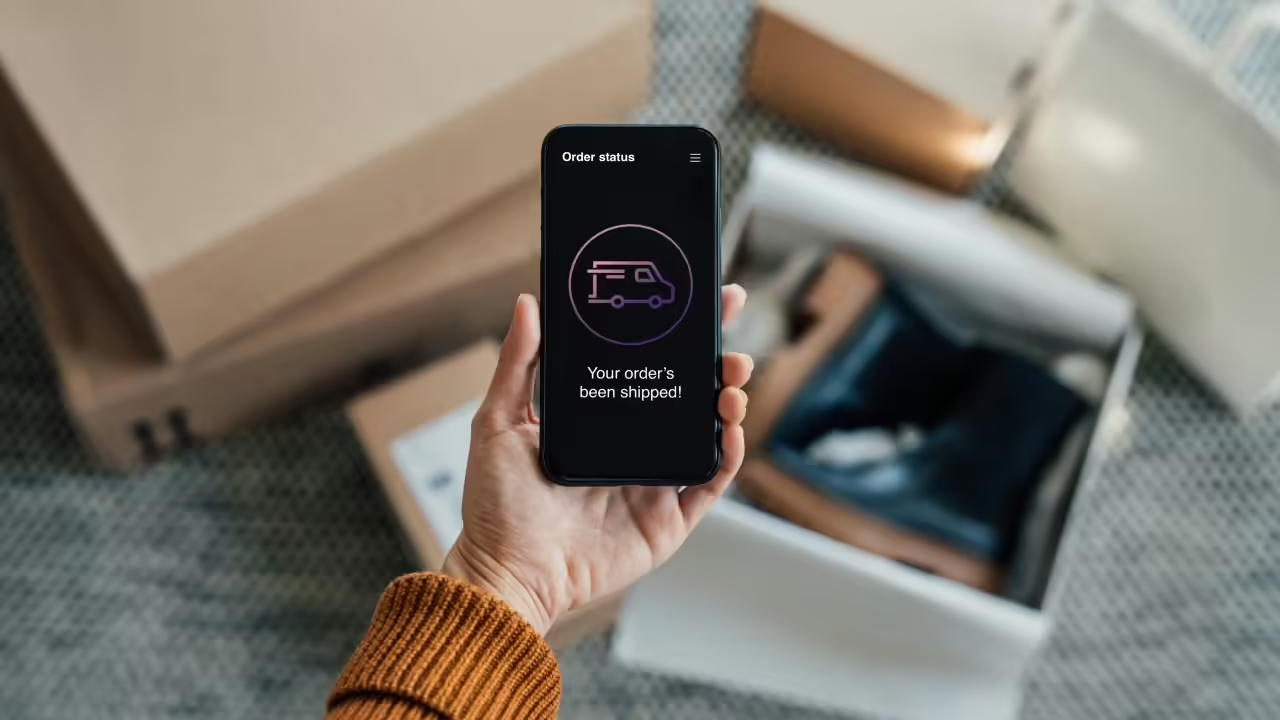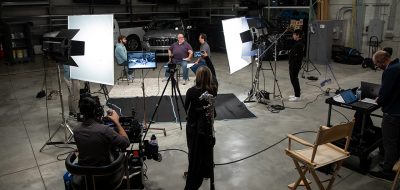It’s been a challenging year for retailers, and one in which the acceleration of digital initiatives has never been quicker. One of the strongest things that has come out of 2020 is the adaptability of the retail sector and their ability to pivot and deliver online solutions to bridge the physical gap with their customers.
Retailers and brands have adapted their business models to leverage Direct-to-Consumer (D2C) and focused on e-commerce as a way to drive revenue, maintain a competitive advantage, and reach and engage customers in the absence of traditional retail channels. While this was partly borne out of necessity due to the pandemic, there is now a more permanent shift to how consumers will purchase in the future.
The convergence of live streaming and e-commerce has been largely driven out of China and is also gaining strong traction in the US with research projecting live streaming in both markets to be worth billions. With live streaming, geographical location is no longer a barrier to access, helping to bridge the gap between social, entertainment and commerce through a sensory, real-time experience between the shopper and the seller.
What is interesting, however, is that brands are emerging as the stalwarts of live streaming. And while they may be ‘testing the waters’ so to speak, global brands like KitKat are experimenting with live streaming as an avenue to drive mindshare, build loyalty and deliver experiences for customers that will ultimately drive sales. Established global brands, such as Nike and Adidas, have recognised the merit of D2C and are now focused on generating at least 50 percent of their revenue directly engaging their customers.
This sharp shift towards embracing all things digital has created a new omnichannel experience for consumers – one that is personalised, seamless and experiential across both online and offline touchpoints. From a customer’s point of view, this means increased convenience that allows them to shop whenever, wherever, on any device, creating an incredibly seamless experience from the first click to the last.
For retailers, this means increased exposure and reach, which allows them to:
- Target new audiences and create unique interactions
- Increase engagement, drive conversion and cultivate loyalty
- Provide brands with key insights into their customers through the use of data and analytics
With video, retailers are able to establish a richer connection directly with their target audience.
Retailers must continue to understand the behaviours of consumers both in-store and beyond to attract new prospects while retaining loyal customers. In order to do this, brands must be agile to adapt and innovate, leveraging relevant technologies and solutions, such as video, to support them in this endeavour.
Over the past year, there has been significant growth in the use of video at all levels of the customer journey to create an immersive customer experience.
PRE-PURCHASE
- At this stage, video is predominantly used for search and discovery via social media, websites or email newsletters, giving customers the ability to visually research and uncover features and benefits in a more contextual way.
- Livestreaming is also gaining popularity as a way to ‘virtually’ launch a product or create a showcase event to engage prospective and current audiences.
ONLINE PURCHASE
- Video can be used to showcase related products or solutions or recommendations to drive increased cart size.
- For example, a fashion brand may show a video of a model wearing an outfit so customers can get a visualisation of the ‘look’ and fit, helping them imagine themselves wearing that outfit, followed by a ‘get the look’ video in-cart to drive additional sales.
- Brands can also use interactive shoppable videos that come with a CTA or click to cart conversion to deliver a more seamless experience.
- ‘Shoppable TV’ is also expected to emerge as another potential channel, as the lines become more blurred between entertainment experiences and ways to reach consumers.
IN-STORE PURCHASE
- In a physical storefront, retailers will want their video content to be interactive. This could mean having QR codes or apps that demonstrate key product features and benefits, customer testimonials or reviews, or how-to-use demos.
- Through this form of visual storytelling, buyers have the opportunity to ‘test out’ the products in different settings. For example, a furniture store can use video to help customers visualise what a chair would look like in a virtual lounge room, giving them a visual context to help them make an informed decision.
- Separately, video is also a great way to build staff knowledge, leveraging video to train and upskill staff on products or services.
POST-PURCHASE
- At this stage, it is about supporting your customer with relevant information on the product or service that they have purchased.
- In this instance, unboxing tutorials and how-to videos that educate your customers on how to get started are ideal.
- Brands are increasingly using video for advocacy – using user-generated video content for testimonials, or to showcase a product or solution in action.
As we see more retailers looking to differentiate and use new and unique ways to engage and interact with consumers via the channel of their preference, video analytics is one of the most useful tools for measurement.
This goes beyond the traditional impressions and clicks and dives into actual audience behaviour. Robust video analytics provides retailers:
- A comprehensive method to measure ROVI (return on video investment)
- Viewer engagement data, including who is viewing content, how it is being viewed (devices, browsers, operating systems), how long it is being viewed, and where viewers are coming from
- The right information to develop audience insights, target specific audiences with curated content that is personalised for them, and help form future video strategies and business decisions
Using an end-to-end online video platform like Brightcove also allows retailers to easily integrate with e-commerce platforms such as Adobe Magento Commerce and Salesforce Commerce Cloud B2C.
The digital habits consumers developed during the pandemic lockdown will continue to persist. If you’re a retail business, we’d love the chance to help you adopt and unlock the power of video across your online and offline channels to create a robust omnichannel experience for your customers. Get in touch with us here.
This content was originally featured in “Livestream and E-Commerce: A Total Breakdown with Greg Armshaw from Brightcove,” by Power Retail.




